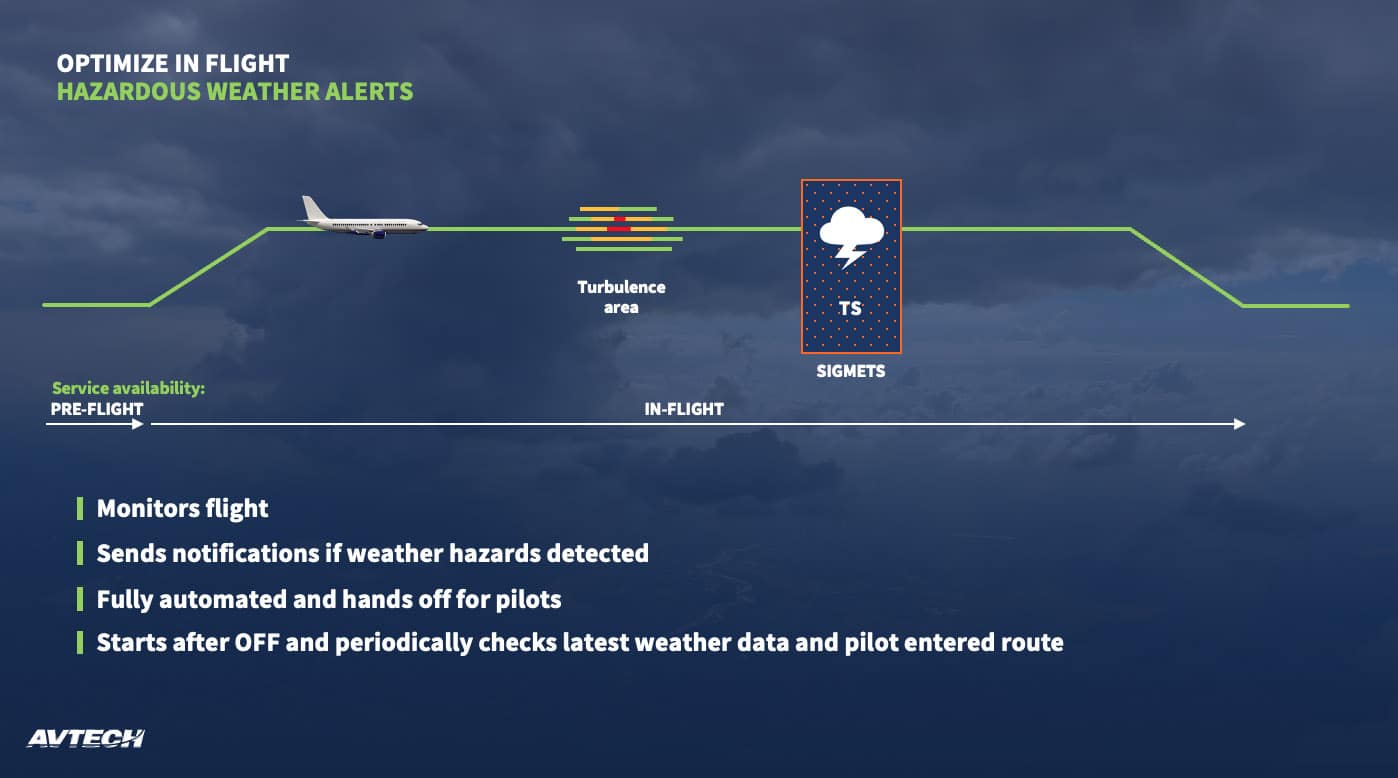While turbulence is a common occurrence during flights, its financial impact on the aviation sector is significant, and often overlooked.
Turbulence is the irregular motion of air that can cause an aircraft to experience sudden and unpredictable movements. It can be caused by various factors, including atmospheric conditions, jet streams, and weather patterns. Clear air turbulence (CAT), which occurs in clear skies and is invisible to the naked eye, is particularly challenging as it is difficult to predict and avoid.
Climate change is intensifying atmospheric conditions, leading to more frequent extreme weather events and severe turbulence, specifically due to alterations in the jet stream. In fact, studies are showing a 55% rise in clear-air turbulence over the North Atlantic since 1979.
Increased turbulence creates challenges for the aviation industry around safety, reliability and operational efficiency. Not only that though, but the financial impacts are significant. Turbulence-costs each airline around 250,000 dollars to as much as 2 million dollars each year.
Optimising flight paths
Since 2021, airlines have been able to optimise their flight paths in real time, avoiding turbulence zones and enhancing overall flight safety.
They do this by using high-resolution weather data from the Met Office, integrated with AVTECH's ClearPath system and combined with advanced algorithms and high-performance computing.
ClearPath is an advanced flight path optimisation tool that provides pilots with real-time weather information and route recommendations. The system analyses aircraft performance data alongside high-resolution weather forecasts to identify the most efficient and comfortable flight paths, helping pilots avoid turbulence while optimising fuel consumption.
Through our collaboration with AVTECH, we’re able to support airlines to optimise routes, leading to significant fuel and time savings for each flight. The ClearPath system alerts pilots about Clear Air Turbulence (CAT), Convective Turbulence (CB), and oscillating downwind waves caused by mountains (mountain waves). This approach also minimises delays and enhances the passenger experience.
By using active and fully automatic monitoring with high-resolution weather data, the top five largest airlines flying to and from the UK could collectively save up to 60,000 tonnes of aviation fuel per year, cutting CO2 emissions by approximately 189,000 tonnes annually.

Caption: Fully automated ClearPath service only highlights hazards that directly affect the flight, reducing uncertainty and workload in the cockpit.
Norwegian’s experience and looking ahead
One airline already benefiting from this solution is Norwegian. The company has integrated ClearPath into its core fuel efficiency strategy, with pilots actively using the system for daily operations.
“By integrating wind and weather information into all our pilots’ personal briefings, we gain better insight and control over the environmental factors influencing their decisions,” explains Stig Patey, B737 Flight Captain and Flight Efficiency Manager at Norwegian. This demonstrates how the system has not only enhanced turbulence awareness but also earned strong support from flight crews.
Looking ahead, the ClearPath solution, developed by AVTECH and utilising Met Office high-resolution data, continues enhancing its turbulence prediction capabilities and developing tools that make complex weather data accessible and actionable for flight crews.
At the Met Office, we provide industry leading weather and climate expertise and data on a global scale to the aviation sector, enhancing safety and efficiency. As a key partner to the aviation industry, we’re committed to helping shape the sector’s long-term future through pioneering science and trusted services.
To learn more about study findings and turbulence management solutions using Met Office data, read AVTECH's detailed overview article here: Mitigating the cost of turbulence with AVTECH services AVTECH
Read our joint case study here: Shaping the sustainable long-term future of the aviation industry - Met Office
For more information, contact us at [email protected]


